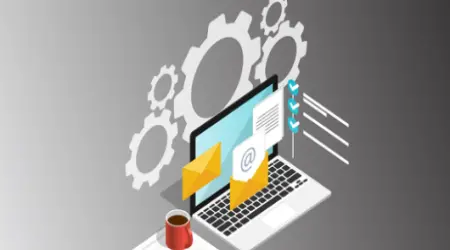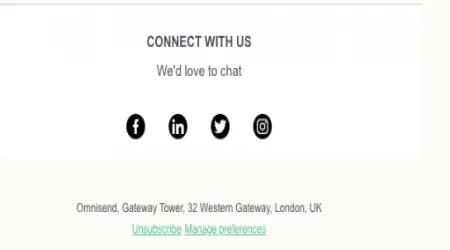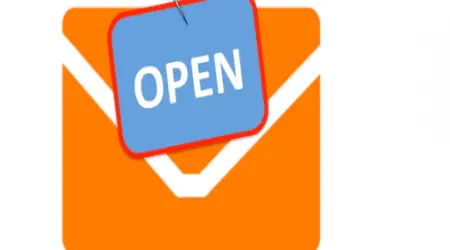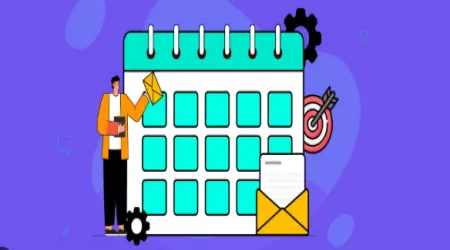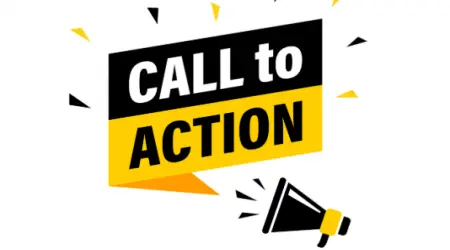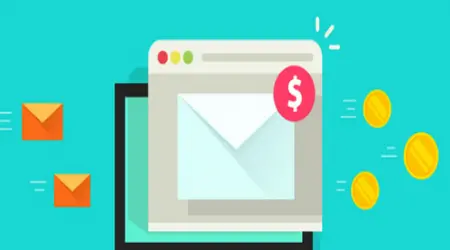
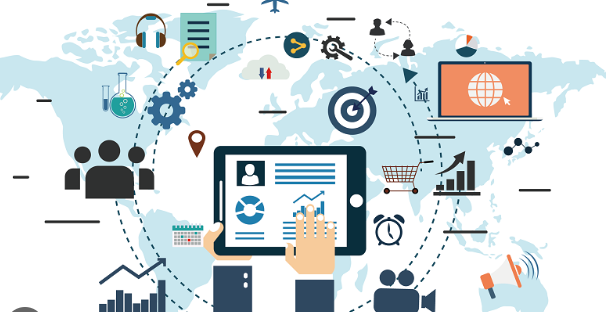
The History of Email Marketing: From 1978 to Today
The History of Email Marketing: From 1978 to Today
It’s hard to imagine digital marketing without email. What started as a novel experiment in 1978 has grown into one of the most reliable, personal, and high-ROI tools in the marketer’s toolkit.
In this article, we trace the fascinating journey of email marketing—from the early days of ARPANET to the AI-powered, hyper-personalized campaigns of 2025.
1. The First Email Blast: 1978
Email marketing was born long before most people had even heard of the internet.
In 1978, Gary Thuerk, a marketing manager at Digital Equipment Corporation (DEC), sent a mass email to 400 users on ARPANET. The email advertised DEC computers. Though the message wasn’t welcomed by everyone (some considered it spam), the campaign reportedly generated $13 million in sales.
Thus, the first unsolicited email campaign (and first “spam”) was also a massive success.
2. The 1990s: Commercialization and Chaos
The 1990s brought the commercialization of the internet, and with it, a flood of email.
1991–1993: Internet Service Providers (AOL, CompuServe) introduced consumer email accounts.
1994–1995: Marketers began to explore mass emailing as a tactic.
1996: The first free email services like Hotmail launched, making email accessible to the world.
Unfortunately, with no regulations in place, the late 90s became the wild west of spam. Inbox clutter grew, consumer trust dropped, and legitimate marketers suffered.
3. Early 2000s: Regulation and Rebuilding Trust
To protect consumers and bring order, governments introduced legislation:
2003 (U.S.): The CAN-SPAM Act was passed, requiring senders to:
Identify the message as an ad
Include a physical address
Provide an unsubscribe mechanism
2002–2005 (EU): European countries introduced opt-in requirements, leading to what would evolve into the GDPR.
This era also marked the rise of email service providers (ESPs) like Constant Contact and Mailchimp, giving marketers user-friendly tools to:
Manage lists
Send bulk campaigns
Track metrics like opens and clicks
Email marketing was no longer just about sending—it was about strategy.
4. The 2010s: Segmentation, Automation, and Mobile
The 2010s saw an explosion of innovation in email marketing. Key trends included:
a. Segmentation
Marketers stopped blasting the same email to everyone. Instead, they:
Grouped contacts by behavior, demographics, or interest
Sent tailored content to each group
b. Email Automation
Tools like ActiveCampaign, ConvertKit, and HubSpot introduced automation:
Welcome sequences
Drip campaigns
Abandoned cart reminders
Automation allowed businesses to communicate at scale without sacrificing relevance.
c. Mobile Optimization
With smartphones now mainstream, mobile-friendly emails became essential. Responsive templates and shorter subject lines were key.
d. Spam Filters & Deliverability Tools
Inbox providers (Gmail, Outlook) got smarter. Marketers learned about:
DKIM, SPF, and DMARC
Warming up sender domains
Monitoring bounce and complaint rates
5. 2018–2020: GDPR, CCPA, and the Privacy Push
In 2018, the General Data Protection Regulation (GDPR) shook the email world. Marketers had to:
Obtain clear consent before emailing
Prove consent if asked
Allow users to be deleted (Right to Be Forgotten)
2020 brought the California Consumer Privacy Act (CCPA), applying similar principles in the U.S.
These laws made ethical email practices non-negotiable. Double opt-ins, clear unsubscribe links, and transparent data policies became the new standard.
6. 2020–2023: Pandemic and the Email Revival
COVID-19 changed everything.
As businesses moved online, email became a lifeline:
E-commerce brands used email to drive traffic to online stores
Coaches and educators used email to promote digital products and webinars
Companies used email to communicate safety protocols and updates
Open rates surged, and marketers realized email wasn’t old-fashioned—it was resilient.
This era also saw:
Rise of rich media emails (GIFs, interactivity)
Growth of micro-segmentation
Integration of AI and predictive sending
7. 2024–2025: Hyper-Personalization, AI, and the Future of Email
In 2025, email marketing is smarter, faster, and more targeted than ever.
a. AI-Driven Personalization
AI tools now:
Write subject lines based on past open behavior
Adjust email send time based on recipient habits
Choose content dynamically based on interests
No two subscribers receive the exact same email anymore.
b. Omnichannel Integration
Email is now part of larger workflows involving:
SMS
WhatsApp
Push notifications
Retargeting ads
These channels work together to create a fluid customer journey.
c. Plain Text Renaissance
Interestingly, as consumers grow weary of over-designed emails, plain-text and minimalist designs are trending again—especially in B2B.
d. Voice & Smart Devices
Some brands are optimizing emails for smart speakers and voice assistants—allowing content to be read aloud or summarized on command.
8. The Enduring Power of Email Marketing
Why has email not just survived but thrived over nearly 50 years?
Direct Access: It’s still the only platform where you control your message and audience.
Adaptability: Email has evolved with every new tech wave—mobile, AI, privacy.
ROI: Year after year, email remains one of the highest-return channels in digital marketing.
Whether you’re a solopreneur or a global brand, email marketing continues to offer something no other platform does: reliable, scalable, permission-based communication.
9. Key Milestones in Email Marketing History
| Year | Milestone |
|---|---|
| 1978 | First email blast by Gary Thuerk |
| 1996 | Launch of Hotmail (free webmail) |
| 2003 | CAN-SPAM Act passed in the U.S. |
| 2008 | Mobile email usage rises with iPhone |
| 2012 | Mailchimp and Constant Contact go mainstream |
| 2018 | GDPR enforcement begins in EU |
| 2020 | Pandemic drives email usage surge |
| 2023 | AI personalization tools adopted widely |
| 2025 | Email becomes core part of omnichannel flows |
10. Final Thoughts: Respect the Past, Master the Future
Email marketing may be nearly half a century old, but it’s not going anywhere. If anything, it’s becoming smarter, more relevant, and more human—thanks to better tools, better data, and better marketers.
Whether you’re revisiting email after a long break or starting from scratch in 2025, know this:
📩 Email isn’t dead—it’s dominating.
